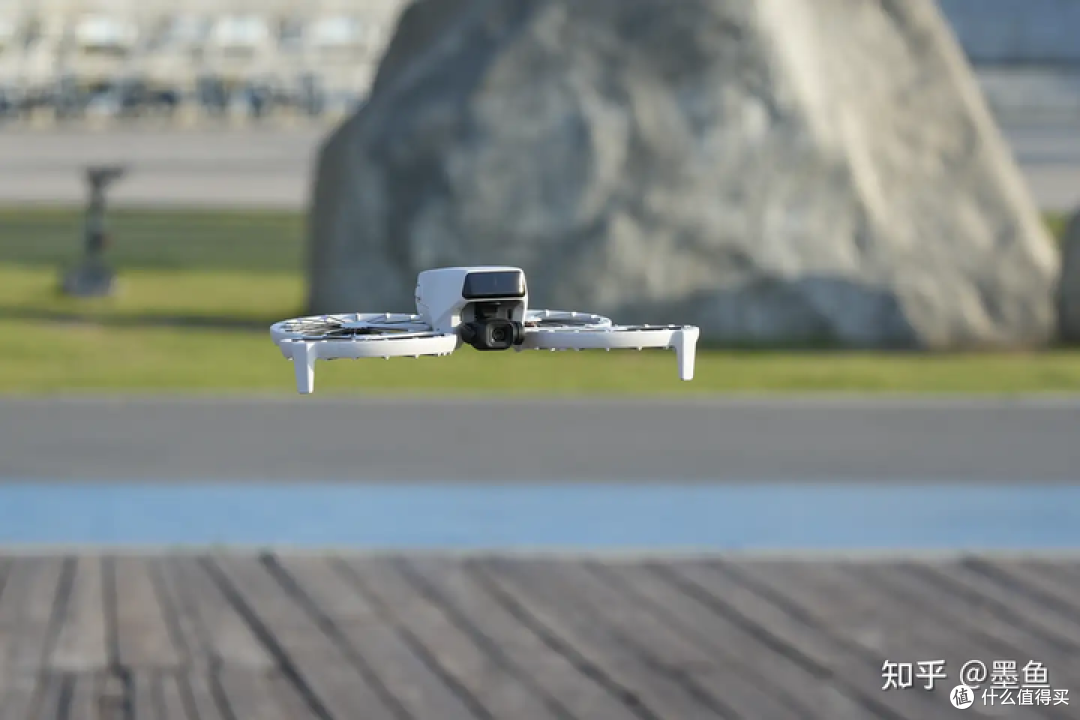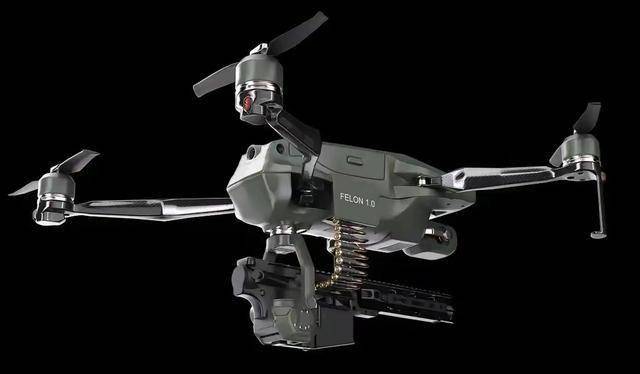The integration of drones into modern law enforcement has revolutionized policing strategies across the globe. These unmanned aerial vehicles (UAVs) offer a multitude of functions that enhance the capabilities of law enforcement agencies, ultimately leading to improved public safety and efficiency. In this article, we delve into how drones are reshaping the landscape of policing and the various advantages they provide.
into modern law enforcement has revolutionized policing strategies across the globe. These unmanned aerial vehicles (UAVs) offer a multitude of functions that enhance the capabilities of law enforcement agencies, ultimately leading to improved public safety and efficiency. In this article, we delve into how drones are reshaping the landscape of policing and the various advantages they provide.
Surveillance and Monitoring
Drones have become invaluable for surveillance and monitoring due to their ability to cover vast areas quickly and discreetly. This capability is especially useful in situations where traditional methods might be challenging or risky. Law enforcement officers can deploy drones to gather real-time intelligence during hostage situations, protests, or large public events. This provides them with a strategic advantage, as they can make informed decisions based on live data.
Enhancing Crime Scene Analysis
The ability of drones to capture high-resolution images and video greatly benefits crime scene analysis. These devices can document the scene from various angles, providing comprehensive data that enhances investigations. Unlike traditional methods, drones offer a non-intrusive way to preserve the evidence, ensuring that sensitive areas remain untouched.
Search and Rescue Operations
In the realm of search and rescue, drones are immensely beneficial. Equipped with thermal cameras, they can locate missing persons in large, hard-to-access areas, such as forests or mountains. The use of drones in these operations reduces the time required to find individuals, potentially saving lives.
Drones revolutionize modern search techniques, making operations quicker and more efficient.
Disaster Response
During natural disasters, drones provide critical support by offering aerial views of affected areas. They assist in assessing damage, delivering medical supplies, and locating survivors when traditional methods fail due to infrastructure damage. This rapid deployment capability makes drones an indispensable tool in emergency management.
Challenges and Considerations
While drones offer numerous benefits, their integration into law enforcement isn’t without challenges. Privacy concerns are paramount, as the aerial surveillance capabilities of drones can be perceived as intrusive. Thus, it’s essential to establish clear regulations and guidelines to address these issues. Moreover, the cost of drone technology and the training required for officers are significant considerations for law enforcement agencies.
- Regulation is crucial to balance privacy with law enforcement needs.
- The high cost of implementation can be prohibitive for some agencies.
The Future of Drones in Law Enforcement
As technology continues to advance, the role of drones in law enforcement is expected to grow. Innovations such as AI-powered analytics could further improve the efficacy of drone deployment, providing officers with intelligent insights. The integration of drone technology into policing strategies seems inevitable as agencies seek to enhance their capabilities and ensure public safety.
Conclusion
In summary, drones are transformative in the field of law enforcement. From enhancing surveillance and monitoring to improving search and rescue missions, their impact is undeniable. As the technology evolves, so will its applications, necessitating a comprehensive approach to integration and regulation.
FAQs
Q: Are drones used in law enforcement expensive?
A: The cost can vary, but initial setup and training can be significant. However, the long-term benefits often justify the investment.
Q: How do drones respect privacy in law enforcement?
A: Agencies are required to follow strict guidelines and regulations to ensure that privacy is not compromised during their operations.
Q: What future advancements can we expect with drones in policing?
A: We can anticipate enhancements in AI analytics and improved integration with existing law enforcement systems, offering more precise and efficient operations.